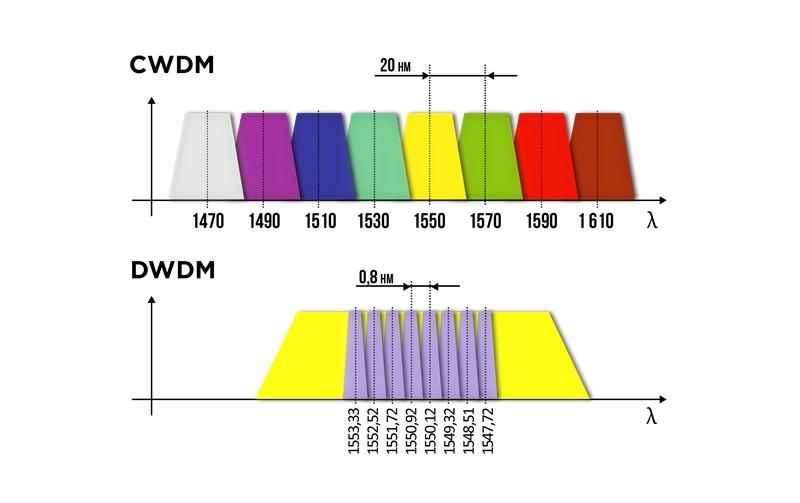- Related articles
- All Cisco DS-SFP-FC-2G-SW's information (List price, Specs, Datasheet PDF, Compatibility m
- The Difference between Ethernet PCI Adapter and Network Interface Card
- Optical Transceivers for Cisco WS-C2960XR-48FPD-I Switch
- Used in 10GBASE-ER Standard optical transceiver models
- All Cisco ONS-SI-GE-LX's information (List price, Specs, Datasheet PDF, Compatibility matr
- How to check the speed of network card?
- Optical Transceivers for Cisco WS-C3750G-48PS-E Switch
- Optical Transceivers for Cisco SG300-52MP-K9-EU Switch
- Optical Transceivers for Cisco ME-3400EG-12CS-M= Switch
- Optical Transceivers for Cisco WS-C2960X-24PD-L Switch

Wavelength division multiplexing(WDM)technology commonly divided into coarse wavelength division multiplexing (CWDM) technology and dense wavelength division multiplexing (DWDM) technology, which can be widely used in various optical telecommunication network, of which the channel density of DWDM system is large that can reach 96, and commonly applied to long-distance transmission application; the channel density of CWDM system is much smaller that only have 18, and usually used for short-distance transmission application. These two WDM system has their own pros and cons, so it was suggested that the combination of them, this tutorial will introduce that how to build CWDM & DWDM hybrid network.
Why can we build CWDM & DWDM hybrid network?
CWDM & DWDM hybrid networks mean that DWDM wavelengths and CWDM wavelengths are combined, which is theoretically achievable because DWDM wavelengths are within the wavelength range of CWDM, as shown in the following figure, CWDM wavelength range is 1260nm- 1625 nm, the channel spacing is 20 nm, and the wavelength range of DWDM is 1470 nm to 1625 nm, and the channel spacing is 1.6 nm (2000 GHz), 0.8 nm (100 GHz), or 0.4 nm (50 GHz).

How to build CWDM & DWDM hybrid network?






































































